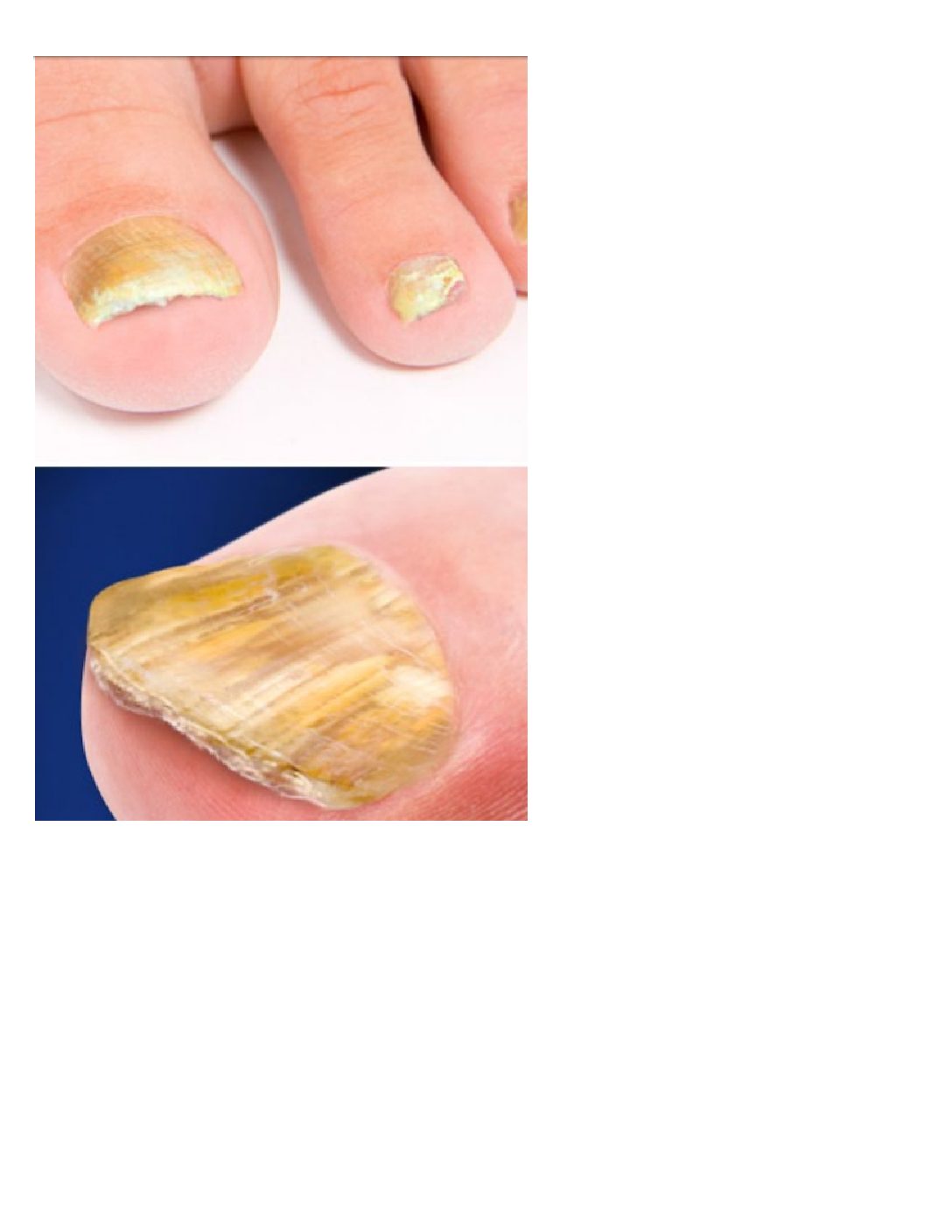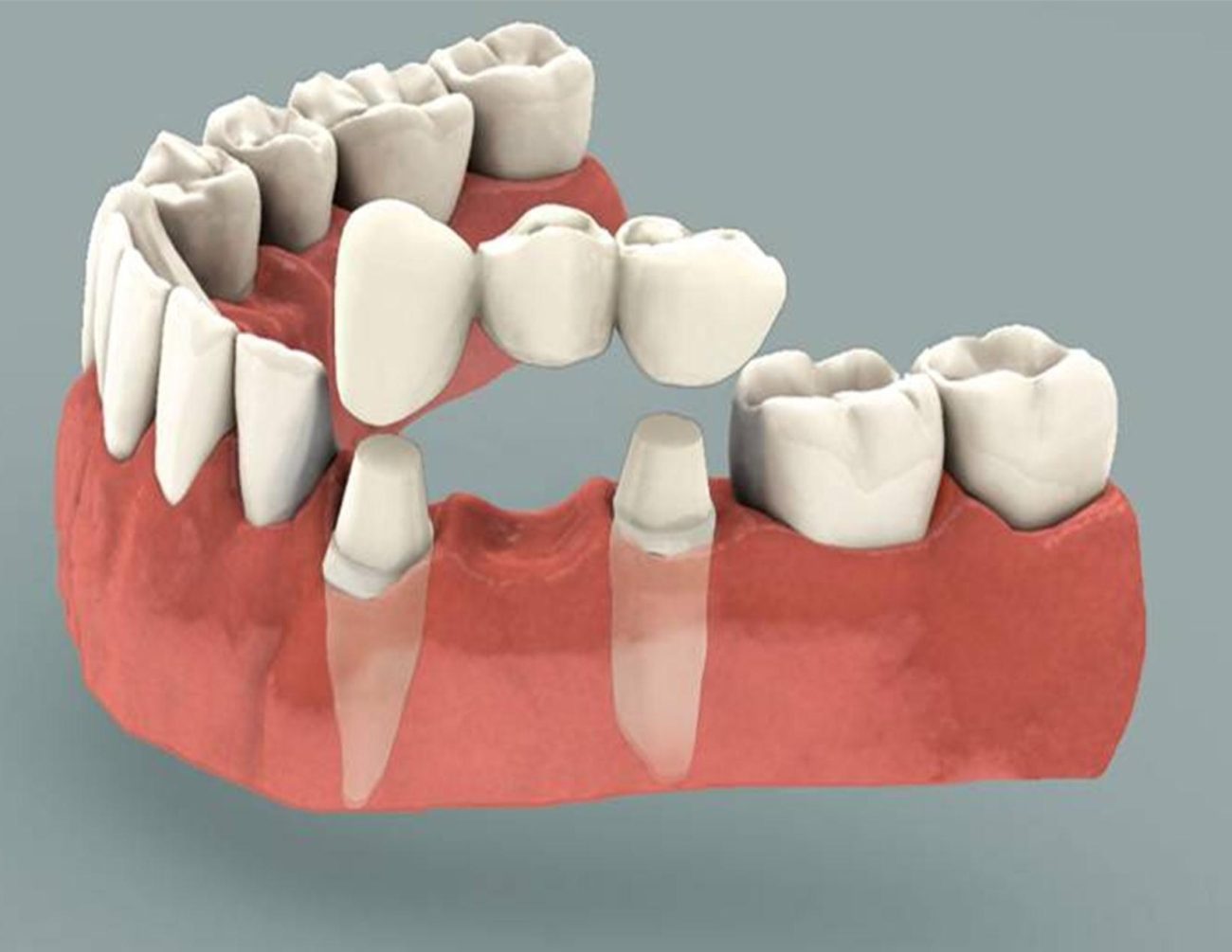Nail Fungus
This condition is a nail infection that develops when
microscopic fungi penetrate the skin between the
nail and the nail bed, causing the nail to become
discolored, brittle and thick.
Causes
Most nail fungus is caused by a group of fungi
called dermatophytes, although yeast and mold can
also cause infections. Fungi thrive in warm, moist
environments like swimming pools and locker
rooms, and walking barefoot in these places
increases the risk of developing a fungal infection.
Toenails are more commonly affected than
fingernails, because shoes provide the warm, moist
environment that fungi prefer. Risk factors for nail
fungus include heavy perspiration, decreased blood
circulation, a weakened immune system, and
diabetes.
Symptoms
Most nail infections begin with yellow streaks that
form in the nail and nail bed. As the infection
progresses, the nail grows thick and brittle. Nail
fragments build up beneath the nail, and the nail
may separate from the skin beneath it.
Treatment
Fungal nail infections are difficult to treat and it is
common for infections to recur, even after
treatment. Care options include over-the-counter
creams, oral antifungal medications and treatment
with a specialized laser. In some cases, surgical
removal of the infected nail may be required. After
treatment, it may take months for a new,
non-infected nail to grow back.




